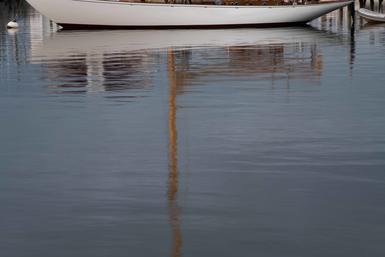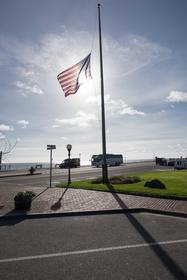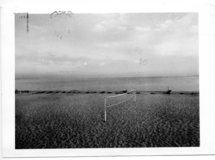Incidental Photographs
Incidental Photographs
My term for photographs made as single pictures, not referencing other works, made as "stand alones". Sometimes made while making "series work" but often just coming on their own. I have made a boatload of them over the years.
We'll look at a few, chosen at random.
Let's start off with this one, made in 2009 while photographing in Italy for three months, not far from Bologna near a little town called Marradi:
Driving up the valley, stopping to look across to the opposite hillside, a farmer burning off dead branches from his chestnut trees, smoke filtering up to remind me of the smell of burning leaves in the fall as a kid growing up in southern Connecticut, the green intense and the sense of being in paradise inescapable, the only sound the crackling of the wood burning in the fire behind the tree. Caught in a timeless beauty that felt like it went on forever. Knowing even though many wonderful things have happened to me in my life that this one moment, this place was one that was special beyond all the others, just before heading to have lunch with my trainer's parents in Marradi, three Americans meeting in a small Italian hill town.
Or this one:
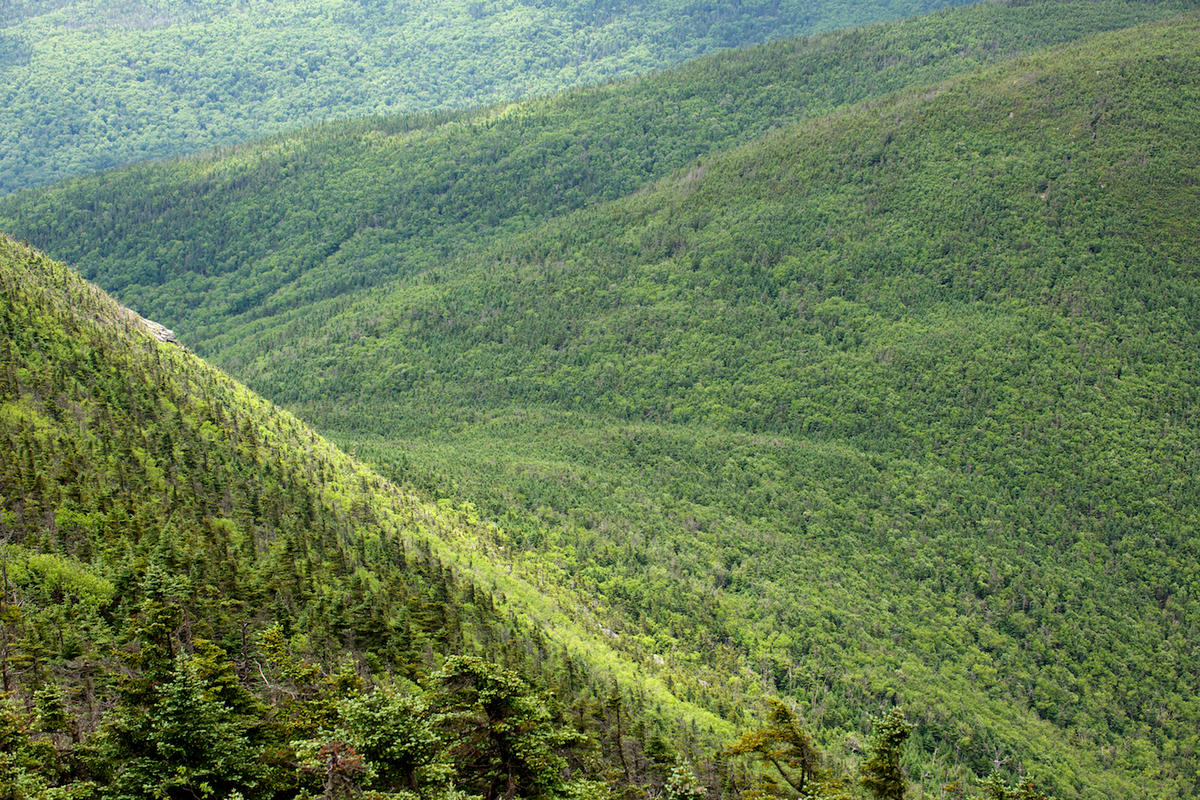 From the top of Cannon Mountain in NH
From the top of Cannon Mountain in NH
Ride the tramway to the top in the summer and hike up to the observation tower. Climb the stairs to the top and head for the very farthest right corner on the observation deck and wait for a moment when there are no people shaking the deck with their footsteps. Trip the shuter, the camera being on a tripod and jammed tight against the railing to hold it steady.
I have probably made this same picture fifteen times over fifteen seperate trips to photograph.
And this:
 Near Highlands, North Carolina 1988
Near Highlands, North Carolina 1988
While an artist-in-residence at the Applachian Envronmental Arts Center. Made in 8 x 10, a brown paper bag caught in the branches off the side of the road. Spent three weeks driving through this kind of country, listening to a new album by Joni Mitchell, probably a couple of months before the foliage came in. Dark and ominous sky, dirty looking hills in black and white, the 8 x 10 negative conveying vast amounts of information and showing an extraoridnary transparency to the air that we look through.
Or this:
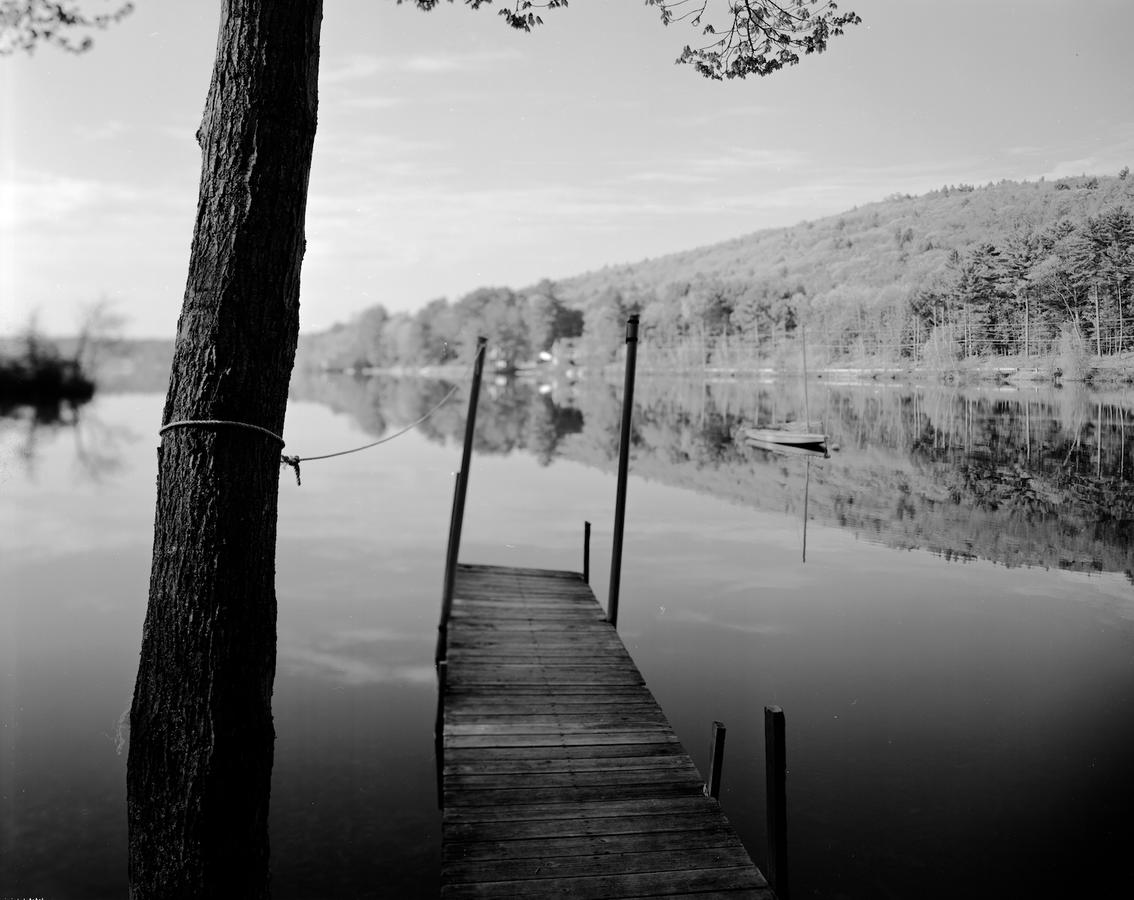
In the early 90's, rural NH
Also in 8 x 10, playing with sharpenss through space, swinging the front of the view camera to prescribe a thin slice of sharpenss from the left tree trunk along the rope to the left side of the dock, to the sailfish in the water to the oppoite shore. Why? To own the picture, to suggest what the path through it is. To determine emphasis to things, to direct the picture, to de-emphasize parts less important.
Or this:
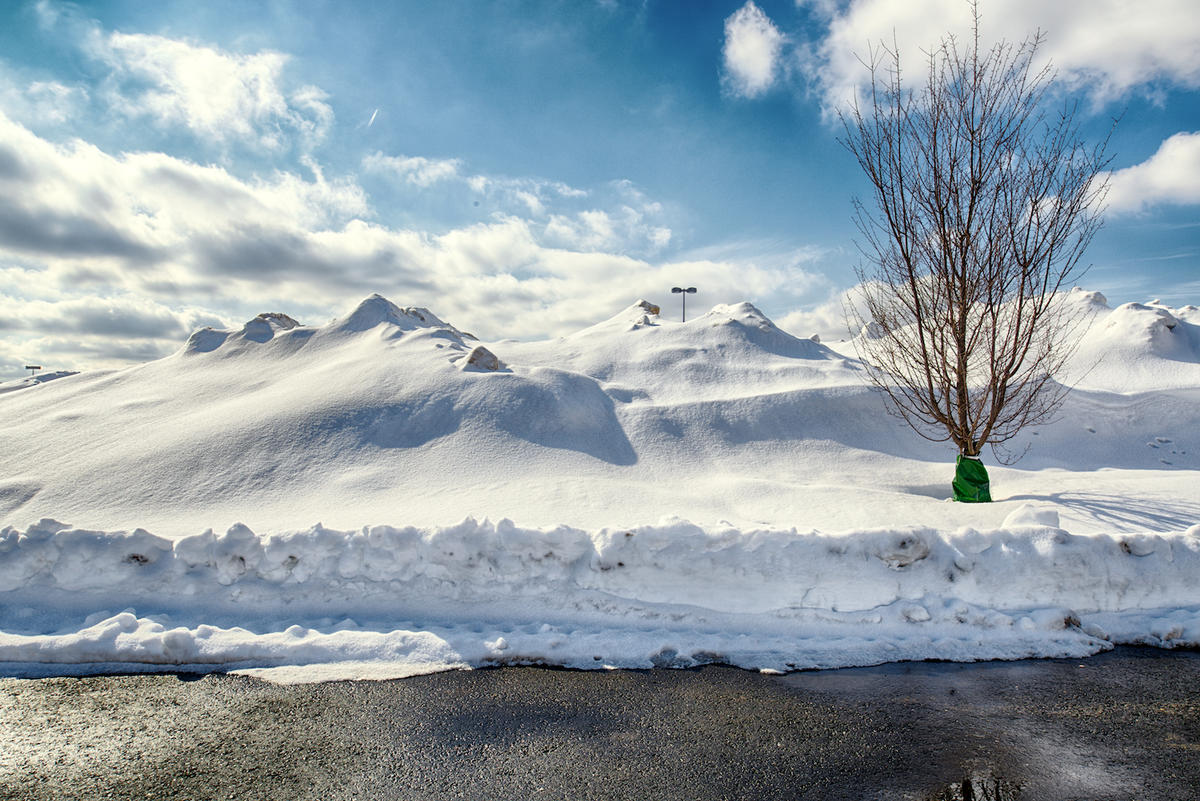
During our most amazing of winters in 2015 in New England with actual mountains of snow piled up in mall parking lots.
Photographs that sit outside of mainstream work. Found as gifts and realized as part of an overall practice that relies on a lifetime of seeing with an acute and trained awareness of a thing's potential to become a picture, to be art.
I used to carry around a box of 14 x 17 prints. I would show it to anyone that would look. I still have the box, battered and beat up.
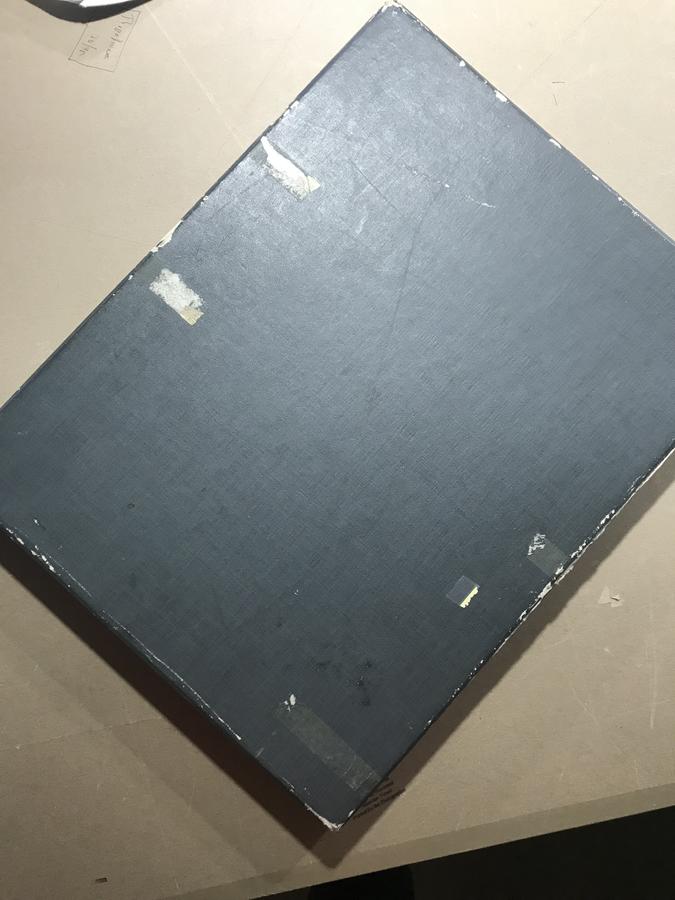
In it were black and white prints from all over. No "series" or precisely edited photographs, just images that were interesting, indicative, current, or on my mind at the moment. Europe, American West, South, New England, Martha's Vineyard, Canada, Cambridge (where I lived), mostly 120mm but some 8 x 10 too, maybe 40 or 50 prints. The idea was that the imagery was informed by some overall aesthetic, a demonstration of interests, perhaps, as much as by what it showed. Trying to blur the distinction placed by viewers on place or subject and my intention to draw away from that.
Incidental Photographs
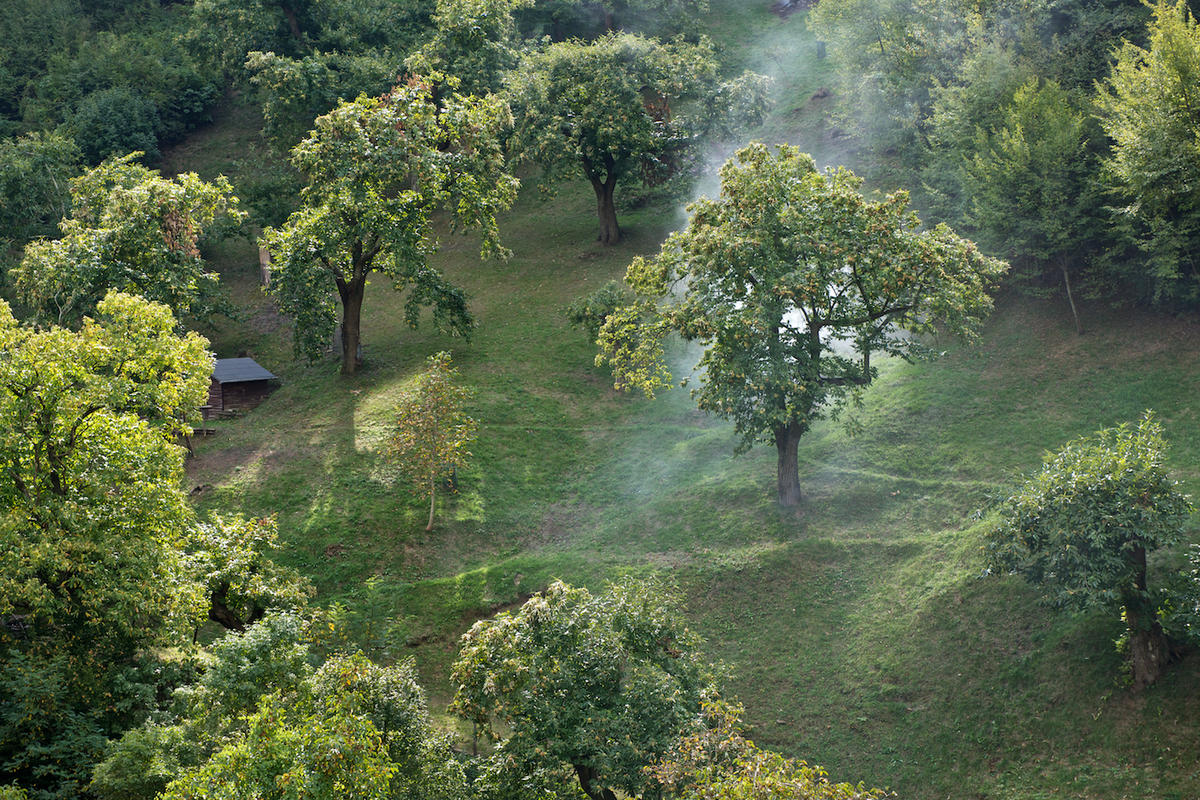
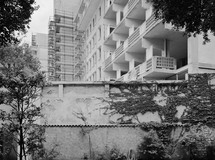
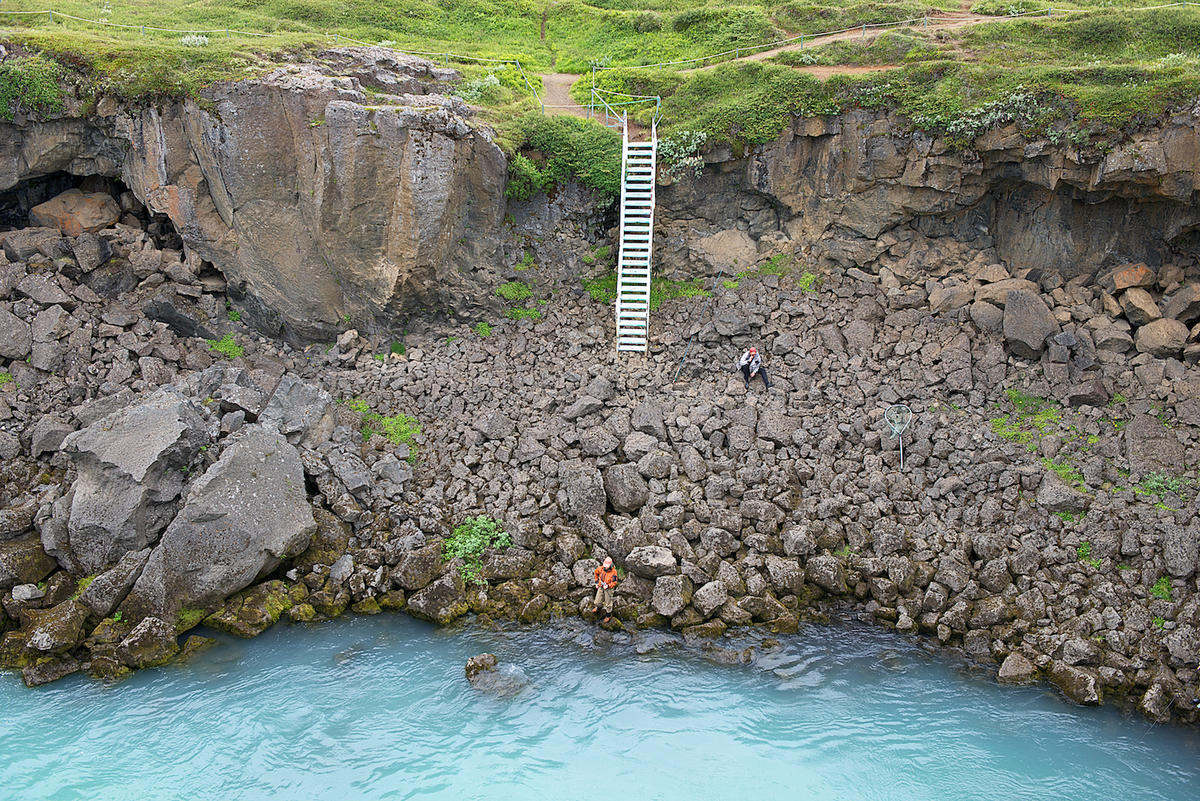 From Finnur's Trip, Iceland 2013
From Finnur's Trip, Iceland 2013 From Portland, ME 1996
From Portland, ME 1996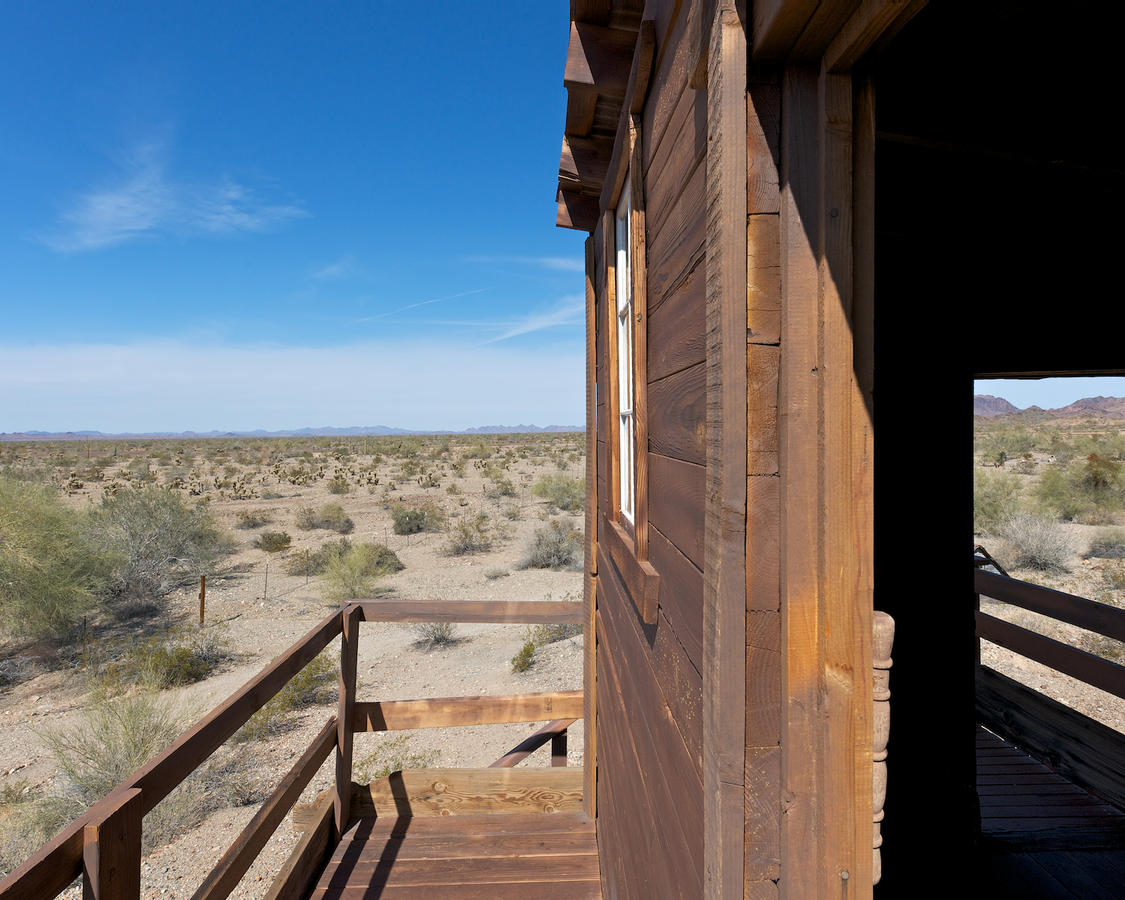 From Arizona Castle Dome Museum, 2012
From Arizona Castle Dome Museum, 2012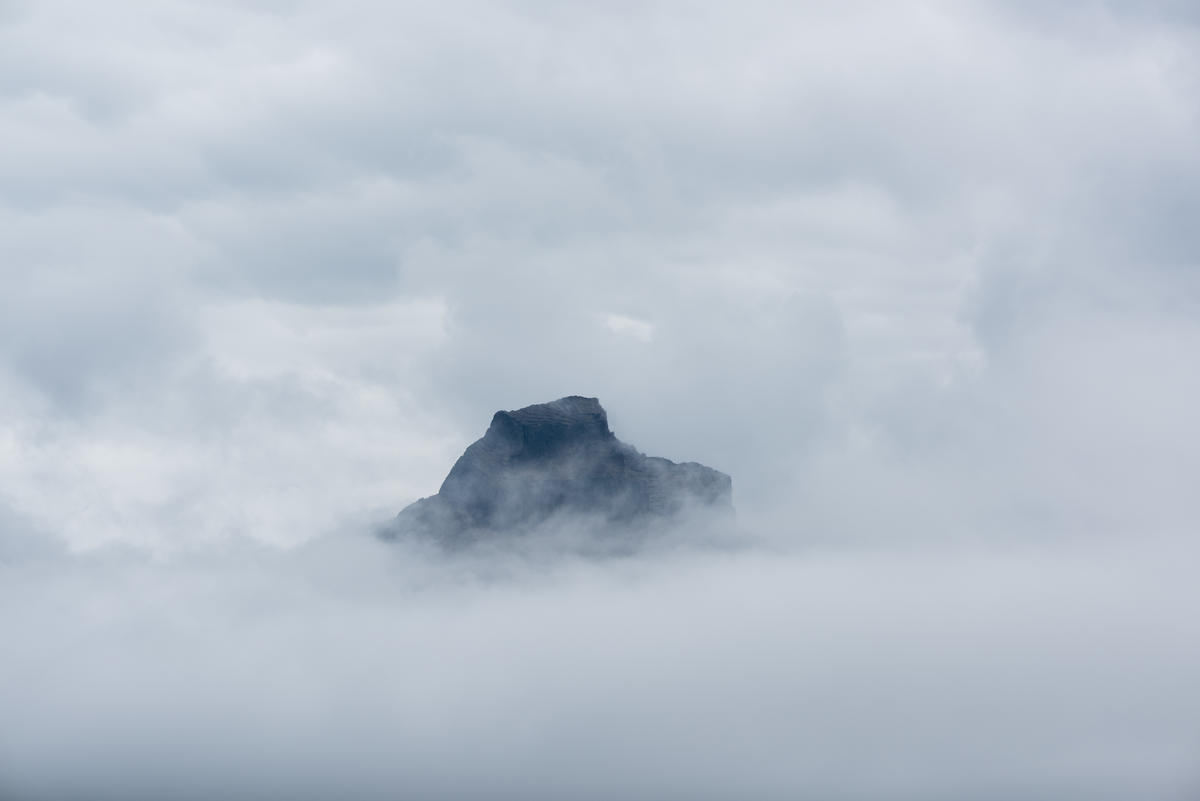 From Iceland Landscape 2017
From Iceland Landscape 2017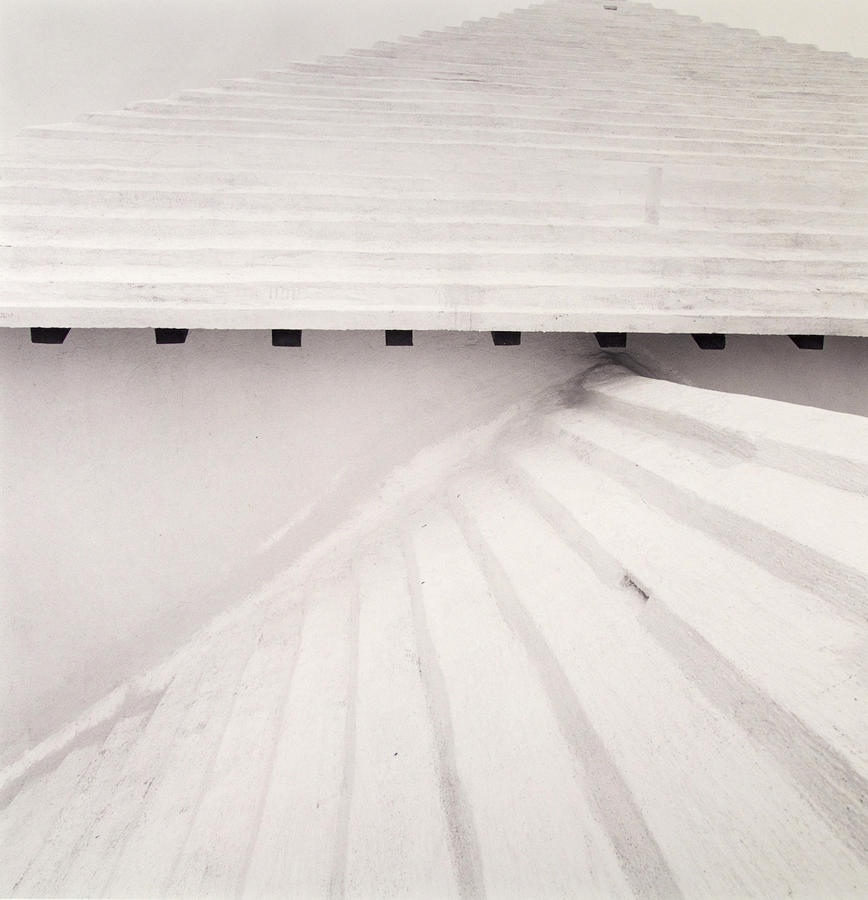 From Bermuda Portfolio 1982
From Bermuda Portfolio 1982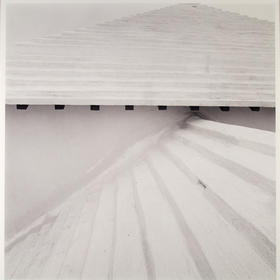
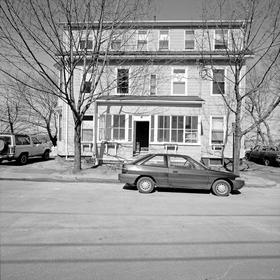




 Solothurn CH 1982
Solothurn CH 1982
 Western MA, 8 x 10, about 1990.
Western MA, 8 x 10, about 1990. Portland, ME 1997
Portland, ME 1997
 then a big switch to full frame with the Nikon D3, a 12 MP camera. That camera was a significant jump in quality as the files were excellent and capable of some subtly in tonalities and color rendition.
then a big switch to full frame with the Nikon D3, a 12 MP camera. That camera was a significant jump in quality as the files were excellent and capable of some subtly in tonalities and color rendition.

 By this time I was making more aerials and the quality increased in importance as there was a demand for bigger prints.
By this time I was making more aerials and the quality increased in importance as there was a demand for bigger prints.
 From Monsters made with the Nikon D810 in 2014.
From Monsters made with the Nikon D810 in 2014. Nikon D850
Nikon D850 Nikon D850
Nikon D850 Sony A7r mk lll
Sony A7r mk lll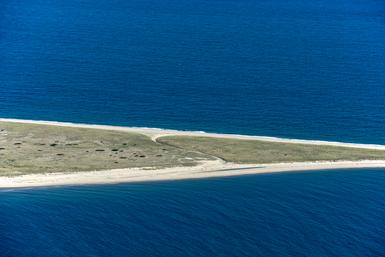

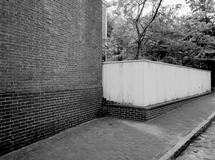
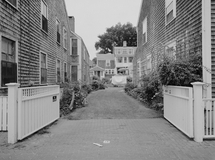
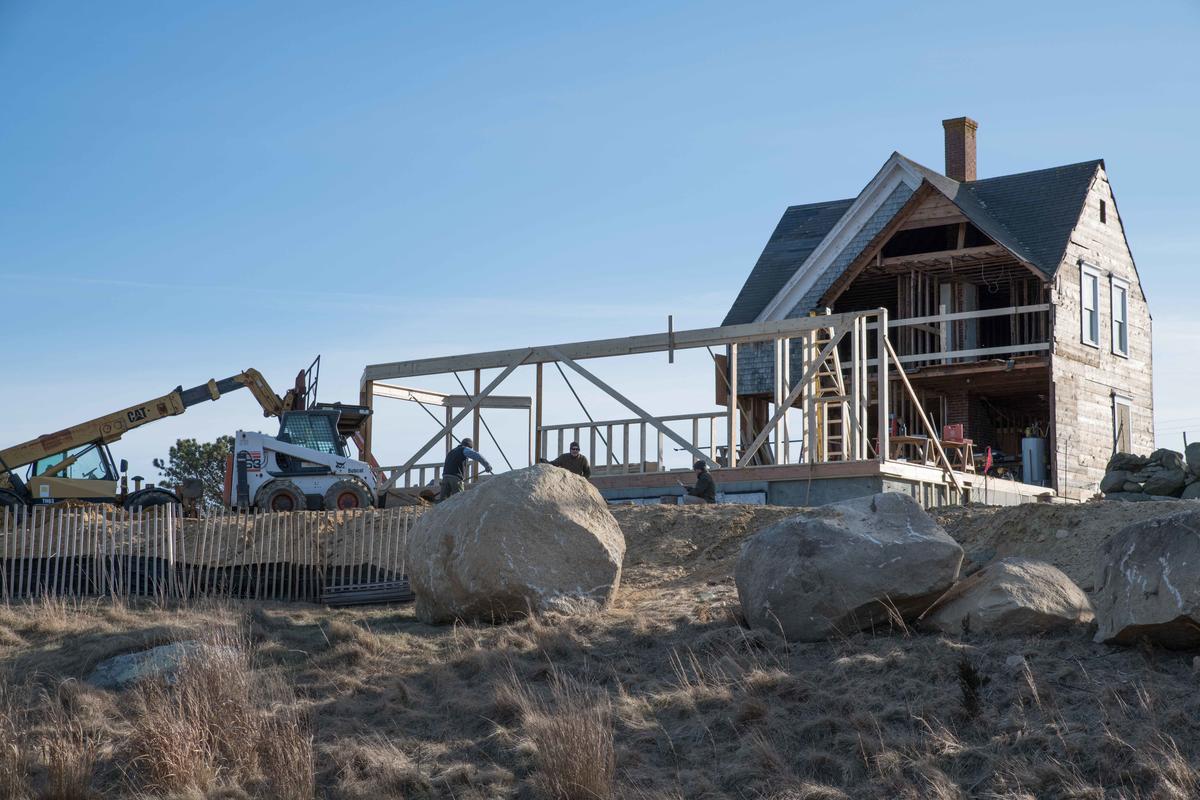 The Mayhew's Big House, now almost unrecognizable, serving as a symbol that nothing stays the same. I was on the island for a couple of days this past week and was struck by how much construction there was, how many cars were on the roads, how many restaurants were open in mid February. Big changes on these coastal islands.
The Mayhew's Big House, now almost unrecognizable, serving as a symbol that nothing stays the same. I was on the island for a couple of days this past week and was struck by how much construction there was, how many cars were on the roads, how many restaurants were open in mid February. Big changes on these coastal islands. 